Spotlight on Beginner Titles
Posted by Deirdre Quirk on Dec 13th 2018
Whether you know a kid just starting to sew or your fifty-year-old neighbor has decided to start quilting, beginners of any age bring such a fresh excitement to the hobbies we know and love.
Today we'll share some tips and tricks from our favorite beginner books for you to pass on to the beginners you know.
Plus, we're offering 25% off all the featured titles until Monday! Scroll down to the bottom of this post for the 25% off promo code.
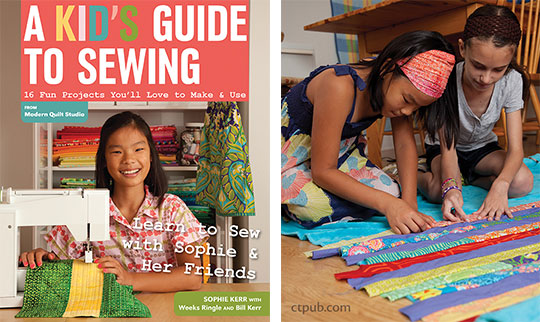
Tip from A Kid's Guide to Sewing:
It’s a good idea to have a sewing machine technician your family can trust to tune up your machine regularly and to fix it if anything goes wrong. This person can also help you understand how your machine works and the best way to use it. Ask your parents if it’s okay for you to get to know the technician, so you can ask him or her for help and advice.
Me and My Sewing Machine: A Beginner's Guide
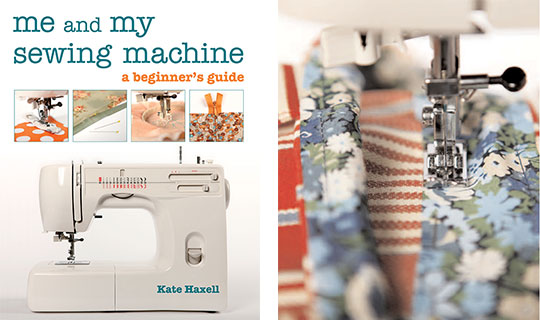
Tip on turning out corners from Me and My Sewing Machine:
When you're turning the fabric right side out, do resist the temptation to use a knitting needle to push out the corner. It's all too easy to push the needle through the fabric or distort the corner beyond saving. Instead, use the end of a ruler, ideally a wooden or plastic one.
Alex Anderson Teaches You to Start Quilting DVD
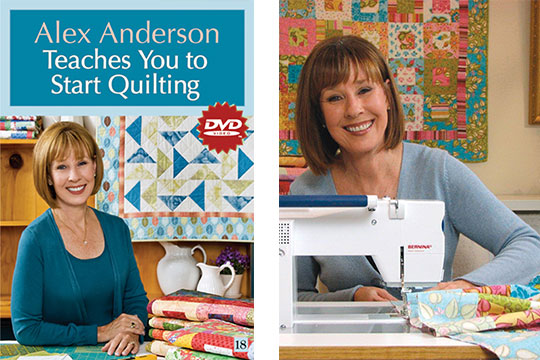
Watch the trailer for this DVD below!
The Practical Guide to Patchwork: New Basics for the Modern Quiltmaker
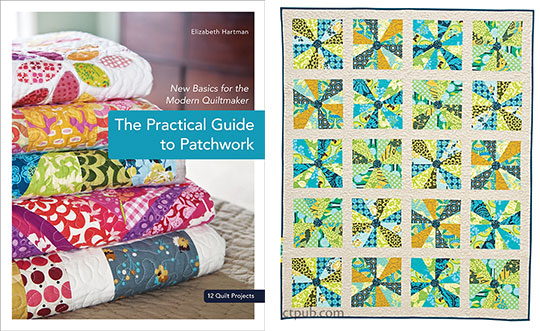
Tip from The Practical Guide to Patchwork:
It can be difficult to identify the right and wrong sides of some fabrics, especially solids and batiks. In theory, you should choose one side and stick with it. In practice, it can be difficult to keep track of which side is which. Don’t spend too much time fretting about the difference between seemingly identical right and wrong sides. If you can’t tell the difference, it’s unlikely to harm your project.
Joyful Stitching: Transform Fabric with Improvisational Embroidery
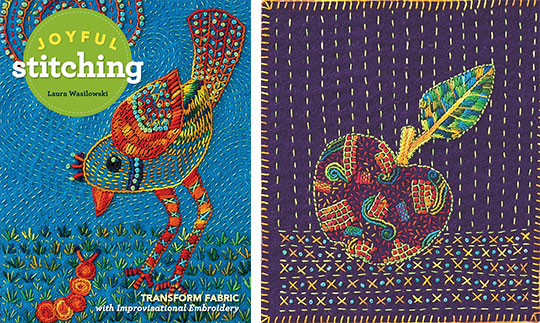
Tip from Joyful Stitching:
Turning the Corner with the Blanket Stitch
Stitch up the edge of the shape and place the last blanket stitch at a 45° angle to the corner. This stitch goes into the tip of the last blanket stitch inside the shape.
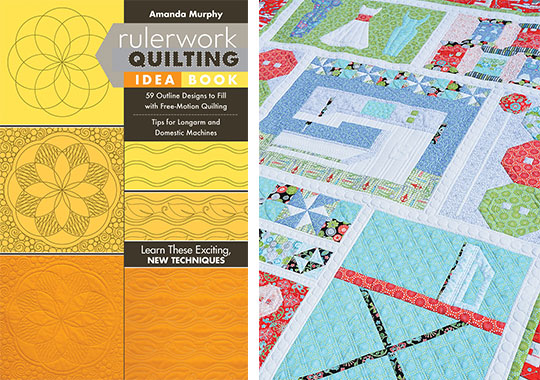
Note from Rulerwork Quilting Idea Book:
Do you have a sewing friend who hates free-motion quilting? Chances are that they might like rulerwork (a lot of piecers do). One day they’ll decide to fill in part of those rulerwork triangles or diamonds with a little dense quilting to make other areas pop, and ... guess what ... they will be free-motion quilting!
Start Free-Motion Machine Quilting with Angela Walters DVD
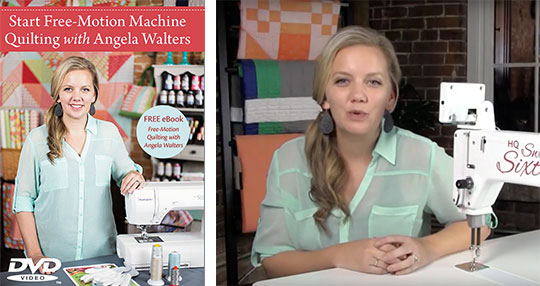
Watch the trailer for this DVD below!
The Visual Guide to Crazy Quilting Design: Simple Stitches, Stunning Results
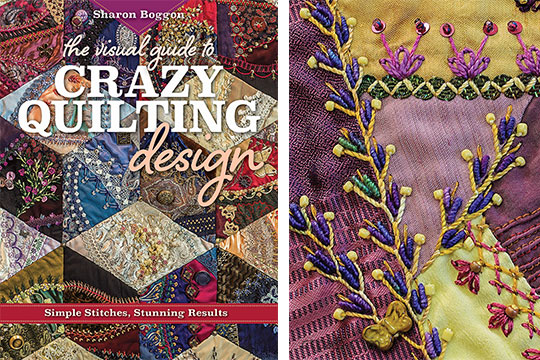
Tip from The Visual Guide to Crazy Quilting Design:
Remember your seam allowance! Cut the foundation fabric to the finished block size plus a generous seam allowance. The phrase “plus seam allowance” is worth highlighting, as you would be surprised how many people forget to include it!
Free-Motion Meandering: A Beginner's Guide to Machine Quilting
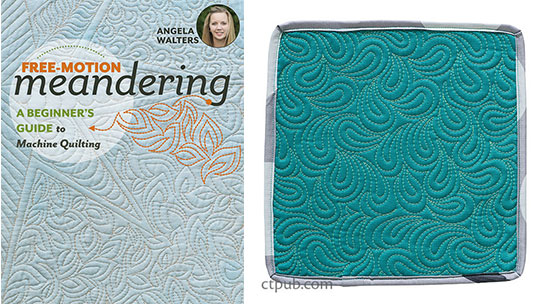
Note from Free-Motion Meandering:
Myth of Expertise: It can be tempting to think that there is a “correct” way to free-motion quilt, but that isn’t the case. There are many, many different ways. As I always say, “I am not an expert in machine quilting, I am only the expert of my own opinion.” In this book, I will share what works for me. Remember though, these are only suggestions. If something doesn’t work for you, try something different!
Quilt As-You-Go Made Vintage: 51 Blocks, 9 Projects, 3 Joining Methods

Tip from Quilt As-You-Go Made Vintage:
You may find that you can get away without using an even-feed walking foot when quilting your blocks. Try it out; if you get puckering, then an even-feed walking foot will solve the problem.
Visual Guide to Patchwork & Quilting: Fabric Selection to Finishing Techniques & Beyond

Tip from Visual Guide to Patchwork & Quilting:
Avoid using a Teflon ironing board cover. The slippery surface makes it hard for the fabric pieces to get a grip and create resistance for the iron. Also, the fabric does not dry after you have steamed or starched it. Cotton is prefer-able because cotton sticks to cotton and absorbs moisture, and a cotton ironing board cover will keep the pieces from sliding when you are ironing seams. It also allows the pieces to dry quickly between steaming and starching.
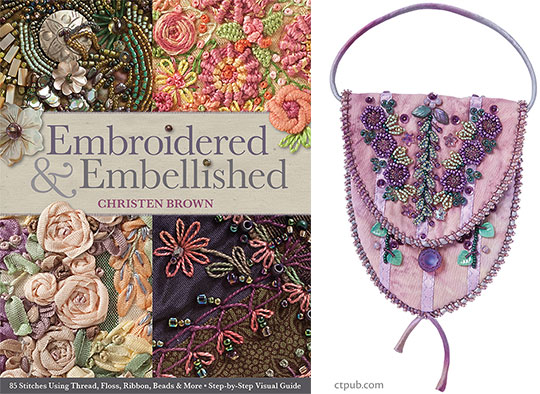
Helpful hint from Embroidered & Embellished:
Prewash all fabrics before you begin piecing or stitching. This way the fabric won’t shrink if the finished project ever needs to be washed. Press as needed.
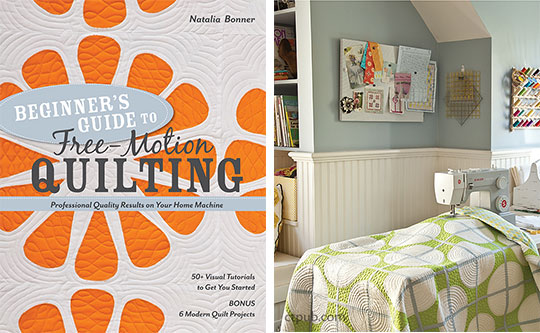
Tip from Beginner's Guide to Free-Motion Quilting:
If you are worried about wasting thread or fabric, trace the pattern onto a sheet of paper. Unthread your machine and practice stitching on the paper. The lines you’re quilting on paper will appear as perforations that will allow you to see how your technique is improving.

Designer tip from A Field Guide to Fabric Design:
Just because a print might not look the same when it is oriented upside down or sideways doesn’t necessarily mean that only one orientation is “correct” or usable. For example, a stripe could be oriented in four or more directions and look just fine, but it is still considered a two-way print.
First Steps to Free-Motion Quilting: 24 Projects for Fearless Stitching

Tip from First Steps to Free-Motion Quilting:
Cut batting scraps into 2′′squares to use for lint cleanup.
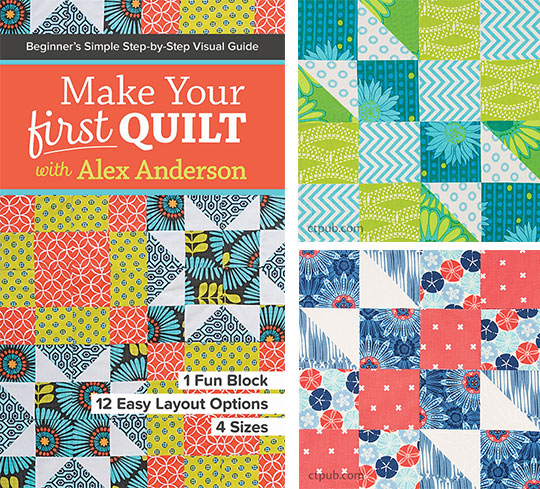
Note from Make Your First Quilt with Alex Anderson:
As I look back to my early days, I realize that I did not really start to feel confident with fabric choices until after I had made several quilts.
The Quilting Manual: Techniques, Troubleshooting & More • Designs for Hand & Machine
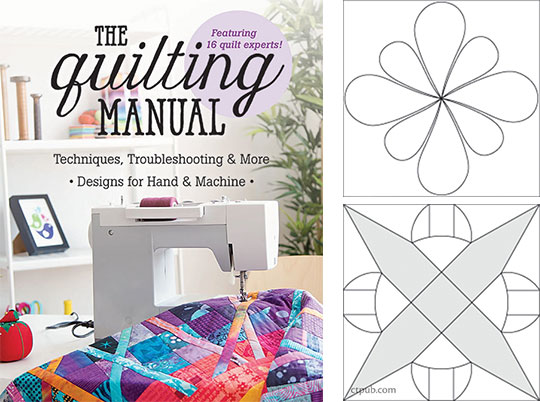
Tip from The Quilting Manual:
If your quilt seems to be sticking to the extended base, wipe the base with a small amount of Pledge cleaner and the surface will become slicker. As you would after contact with any chemical, be sure to wash your quilt when completed to remove any residue.
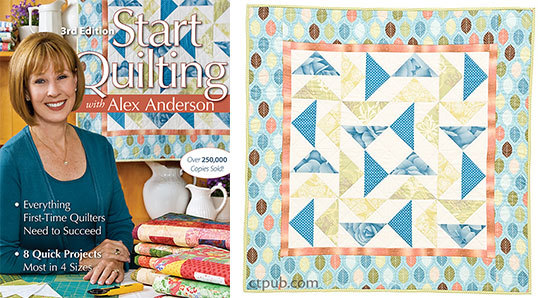
Tip from Start Quilting with Alex Anderson 3rd Edition:
Try this trick: Take a 4˝ square of cardboard and cut a 2˝-square hole in the center. Position the cardboard over the fabric to see how the fabric will “read” when used in patchwork.
You can get 25% off all these amazing books with the promo code BB25. Promotion ends 12/17 at 11:59 PM PST.








